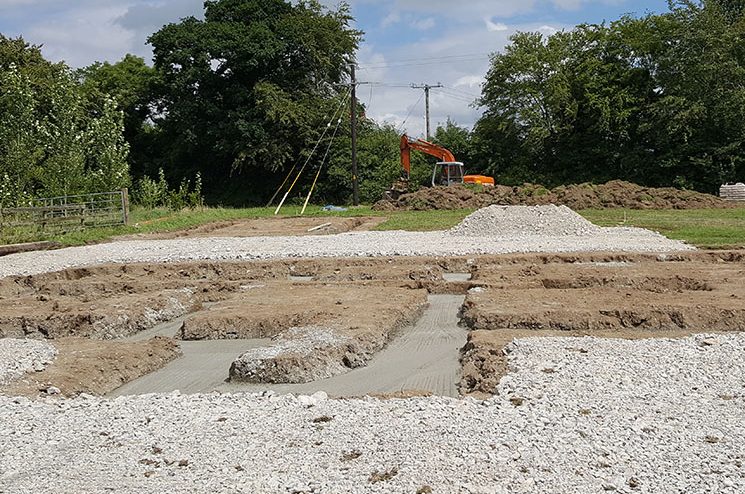
The latest Housing Market Monitor Q4 2020 published by Banking & Payments Federation Ireland (BPFI) shows that housing activity recovered strongly in early 2021 despite public health measures that shut down much of residential building, but it could take at least until 2024 before supply comes close to meeting demand.
Providing his analysis of the housing market, Brian Hayes, Chief Executive, BPFI indicated that housing completions in Q1 2021 were only 7% lower than in 2019 and 14% more than in 2018. Commencement activity picked up strongly in April and this, combined with the more than 5,600 units that were started in 2019 but were not completed in 2020, should feed into housing output during 2021 and 2022. However, commenting on BPFI’s latest assessment of the market, Mr Hayes said the pandemic has had a significant, negative impact on housing output: “We expect total housing completion numbers to be at least similar to levels observed in 2020, at around 21,000 units. Prior to the pandemic, we forecasted that annual housing completions would reach 30,000 units by the end of 2022, however it is clear that we will not reach this level of output until at least the end of 2024.”
Rising cost pressures and affordability issues
Mr Hayes explains that while supply is increasing, the mismatch between supply and demand could contribute to a build-up in latent demand in the years ahead.
“The mismatch between current demand, as well as pent-up demand, and the supply of new homes seems to have brought average sale prices relatively close to the peak of the previous cycle in 2007 in terms of sale prices. While the gap between current demand and supply had been narrowing before the pandemic, the delayed response in supply is creating latent demand for future years.”
Separate analysis of Eurostat survey data, combined with loan data from BPFI, the Department of Housing, Local Government and Heritage and the Central Bank of Ireland suggests that the lack of supply may be contributing to demographic changes among households.
“The average age of an FTB has increased from 31 in 2008 to 34 in 2020. During the same period, the average of leaving parental home has also increased from 25.4 years to 28.1 years. The gap between the average age of leaving the parental home and the average age of an FTB has increased from 5.6 years in 2008 to around 7.5 years in 2017 but has declined to 5.9 years in 2020.”

At the same time, input cost pressures are increasing while housing building will have to compete for resources with the other significant infrastructure projects planned by the government.
“Price developments in the Irish residential property market have been driven mostly by the lack of supply in the market. However, leading indicators have shown pressures building up in relation to input prices which could have a knock-on effect on output prices. For example, recent supply shortages in construction materials due to the pandemic as well as Brexit have caused significant increases in input prices…Rising costs could lead to future price rises even as the supply gap closes. In addition, with significant capital investment planned by the government on housing output as well as other infrastructure projects such as a major housing retrofitting programme over the next five years, it is likely that input cost pressures will increase, and availability of skilled labour could become an issue. While we are building more homes to try meet required demand, it is critical that we should address some of the cost challenges where possible, so that lower costs can feed into lower prices and better affordability for potential homebuyers.”
The BPFI Housing Market Monitor is attached above.